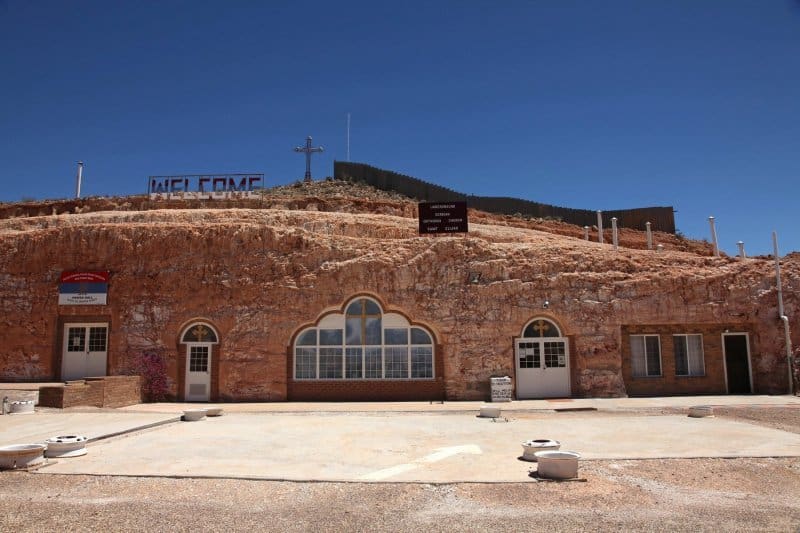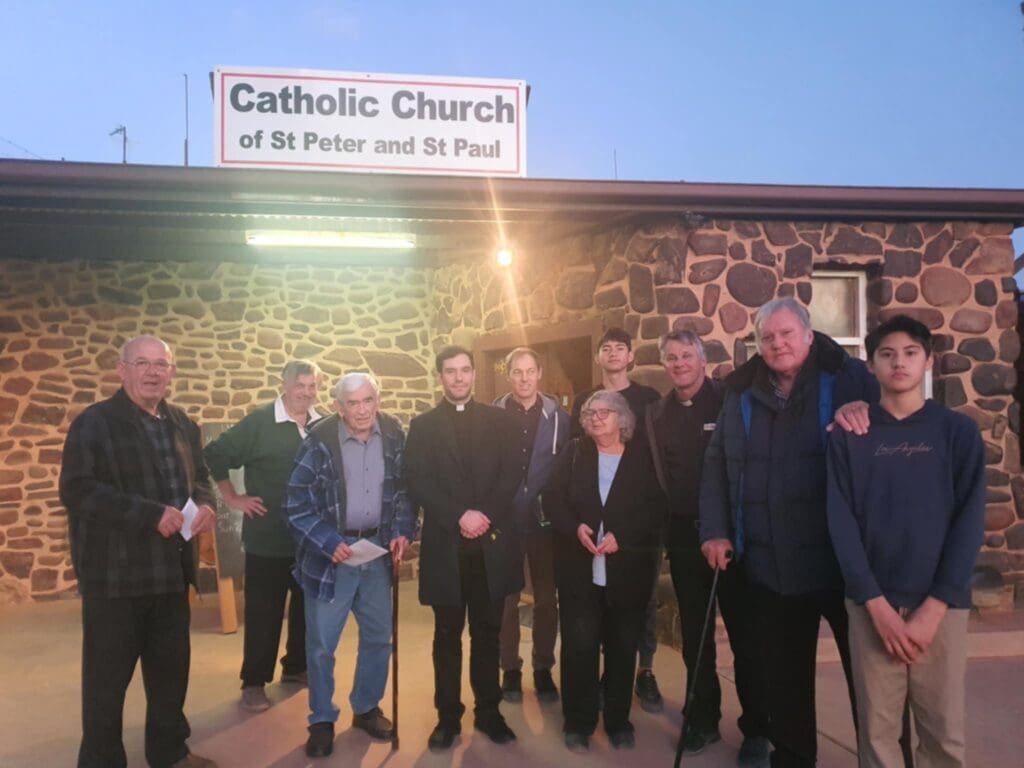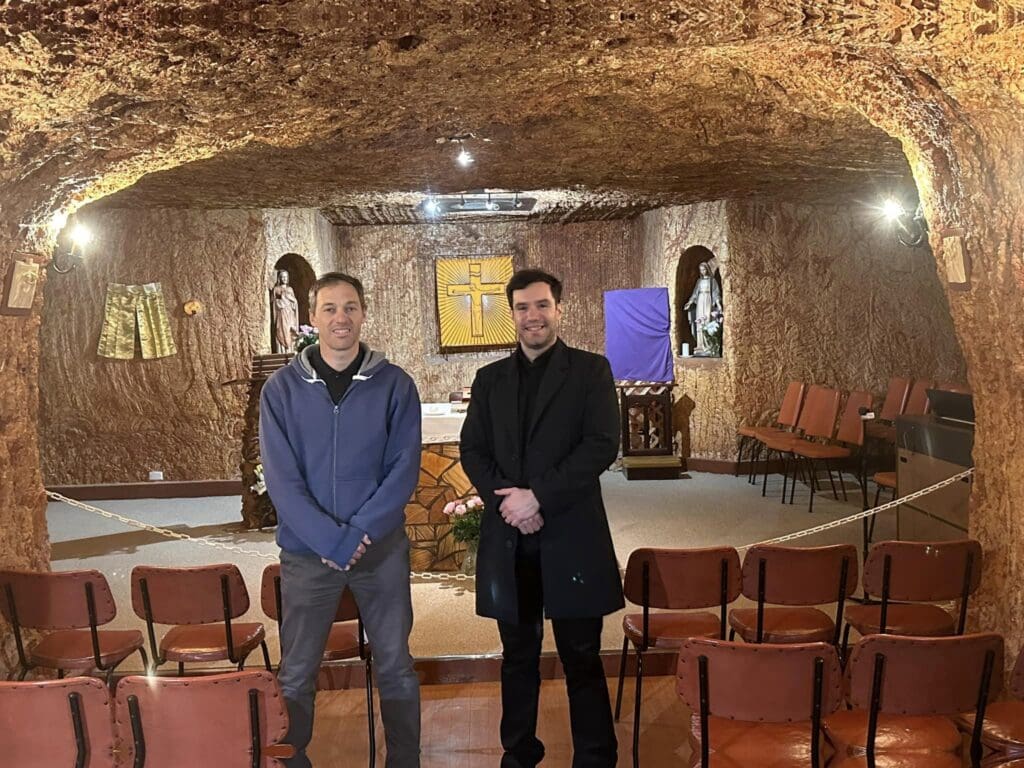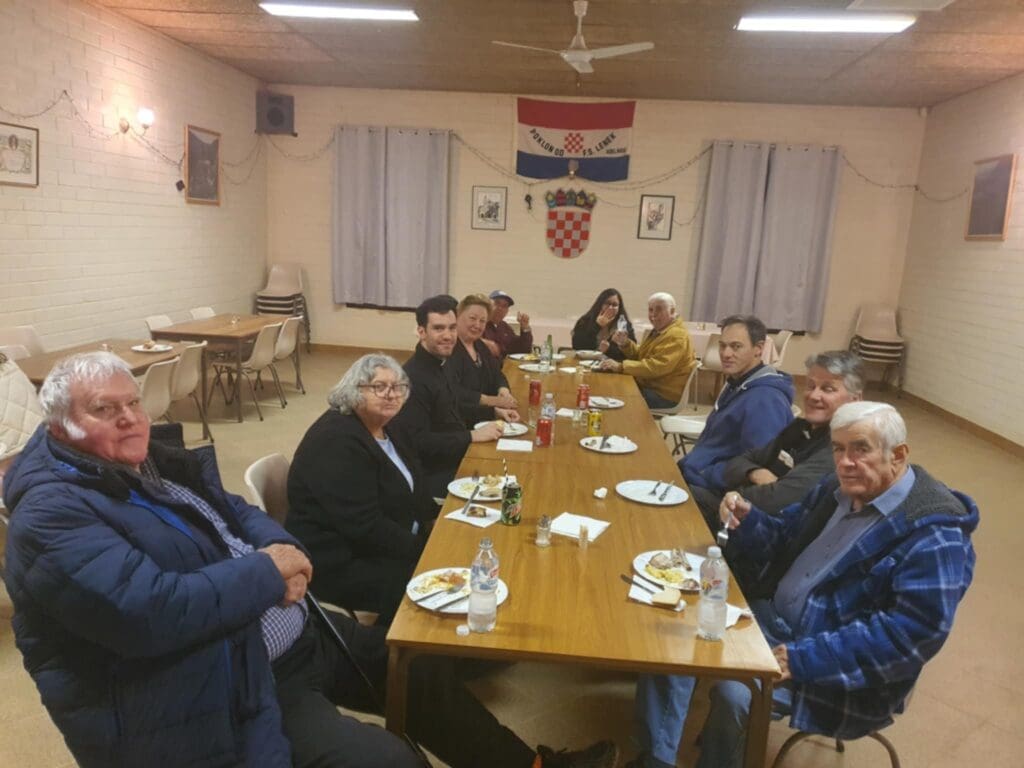From Opal Hunter to Fossil Fame:
Far in the past, over one hundred million years ago, where today’s dry Australian desert stretches, there lay a vast sea. Around this ancient body of water, the land gradually deposited sediments rich in silica along the coastal areas. Over time, the sea receded and disappeared, leaving behind what we now know as the Great Artesian Basin.
About thirty million years ago, a natural alchemy occurred – silica and water combined in a unique formation, creating opal. This extraordinary gemstone belongs to the rare group of gems of sedimentary origin, and to this day retains six to ten per cent water as a living remnant of the long-vanished sea.
Australia is home to various types of opal, but in Coober Pedy lie deposits of the most precious variety, which ranks amongst true precious stones for its value.





Coober Pedy – The World’s Opal Capital
This unique town sits on the famous Stuart Highway, eight hundred kilometres north of Adelaide and seven hundred kilometres south of the nearest major settlement, Alice Springs. With its one thousand nine hundred inhabitants, Coober Pedy bears the title of world capital of the most valuable opal, owing both to the exceptional quality of the gems found and the impressive quantities of opal mined there.
The name “Coober Pedy” originally derives from the Aboriginal term “Kupa-piti”, which loosely translates as “white man in a hole” – a name that proved prophetic given the way of life that residents developed here.



Vinko Šimudvarac and Jurassic Discoveries

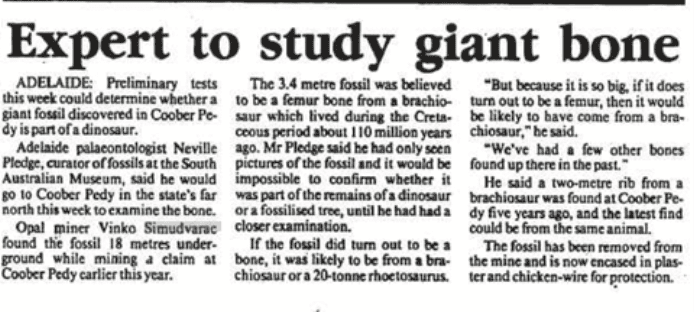
The main protagonist of this fascinating story is Vinko Šimudvarac, a Croatian who worked mining opal in Coober Pedy. His story could be called not “Jurassic Park”, but “Jurassic Desert”, for it was he who discovered an opalised fossil of an ichthyosaur that lived in Australia during the Jurassic period, about one hundred and ten million years ago.
This extraordinary discovery attracted the attention of numerous experts, and news of the rare fossil was covered by many media outlets.
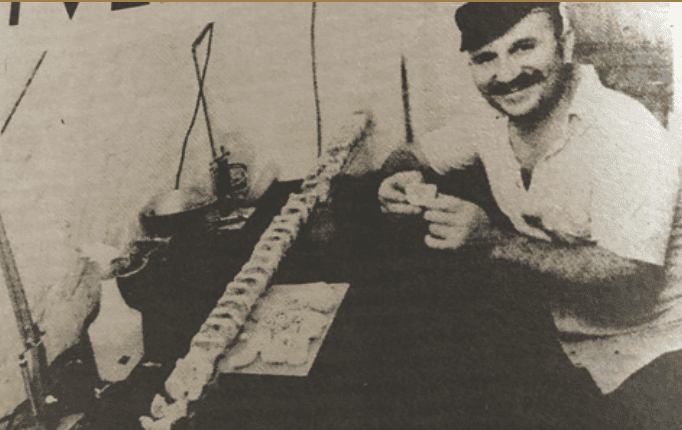
“I was working on one claim (parcel) with my mate and then we abandoned that spot. Four years later I decided to return to that dig and try my luck again,” Vinko recounts. “I was sixty feet underground and was picking away when I came across something I first thought was a large shell. Then I thought it might be much more than just a shell, so I started working with a pick. As it became clearer that this was something quite extraordinary, my hand started shaking. In that excitement it took me three hours to dig out the entire fossil. When my partner and I worked on that claim four years earlier, we’d missed it by just a metre and a half,” Vinko told the story back in 1983.
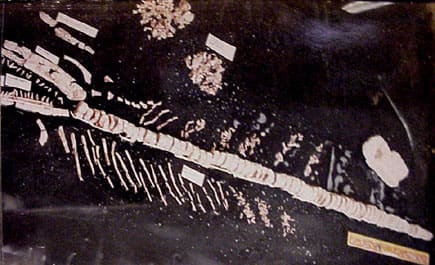

Experts confirmed that this discovery was an extraordinary rarity because bones are difficult to opalise in the fossilisation process – for opalisation to occur, silica must infuse into the organic matter. Much of central Australia was once covered by sea, so this ground is rich in fossilised remains of bones and shells of various animals that once lived there.

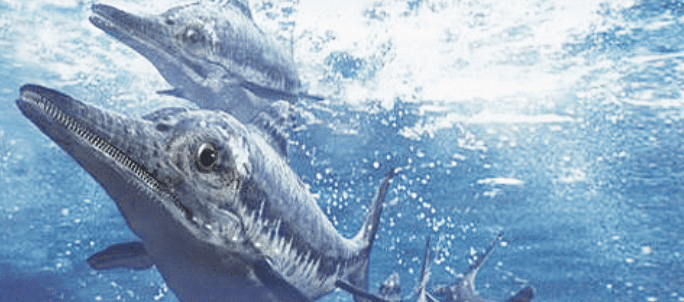
Dangers of Desert Mining
Throughout the Coober Pedy area lie numerous opal deposits, but their extraction is far from a harmless occupation. The desert brings countless dangers and tragic deaths – it has forever swallowed many of those who came here to try their luck.
Existing data suggests that in the first half of the twentieth century, only ten per cent of miners managed to get rich, fifty per cent lived well, twenty per cent lived impoverished lives, and the remaining twenty per cent left this place completely empty-handed.
Large cranes, excavators and lorries often remain abandoned in the deserts around Coober Pedy. It’s not uncommon for miners, as soon as they sell their found opal, to leave forever – if dealing with large sums of money, returning for the machinery becomes uneconomical, and the desert will swallow them up one day anyway.
Unfortunately, there is also a large and unknown number of Croatians who died here and are buried throughout Australia.
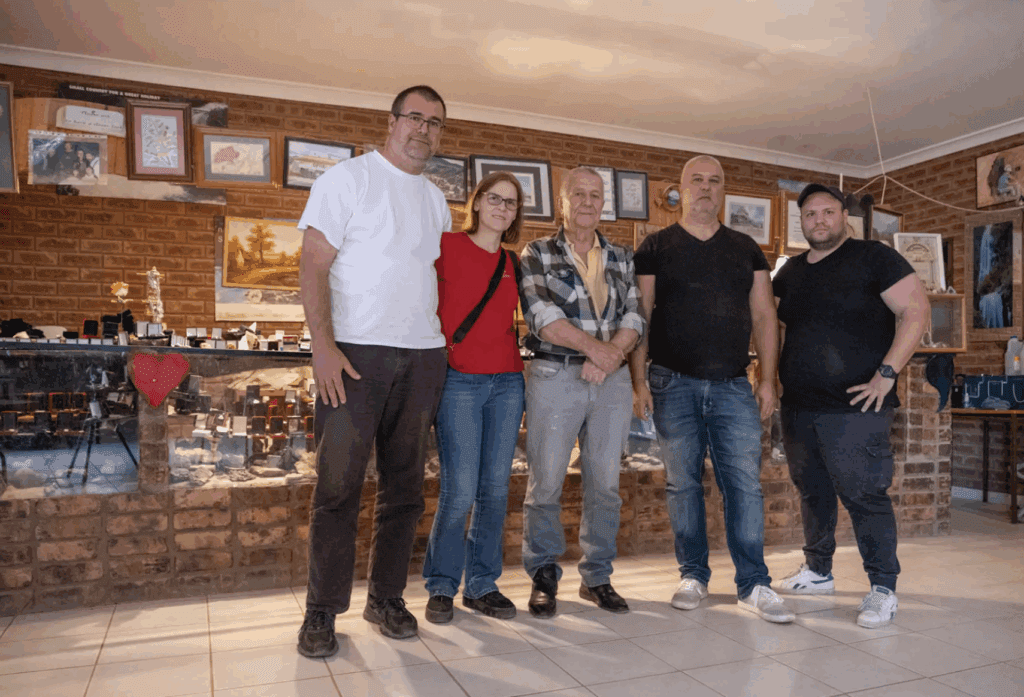
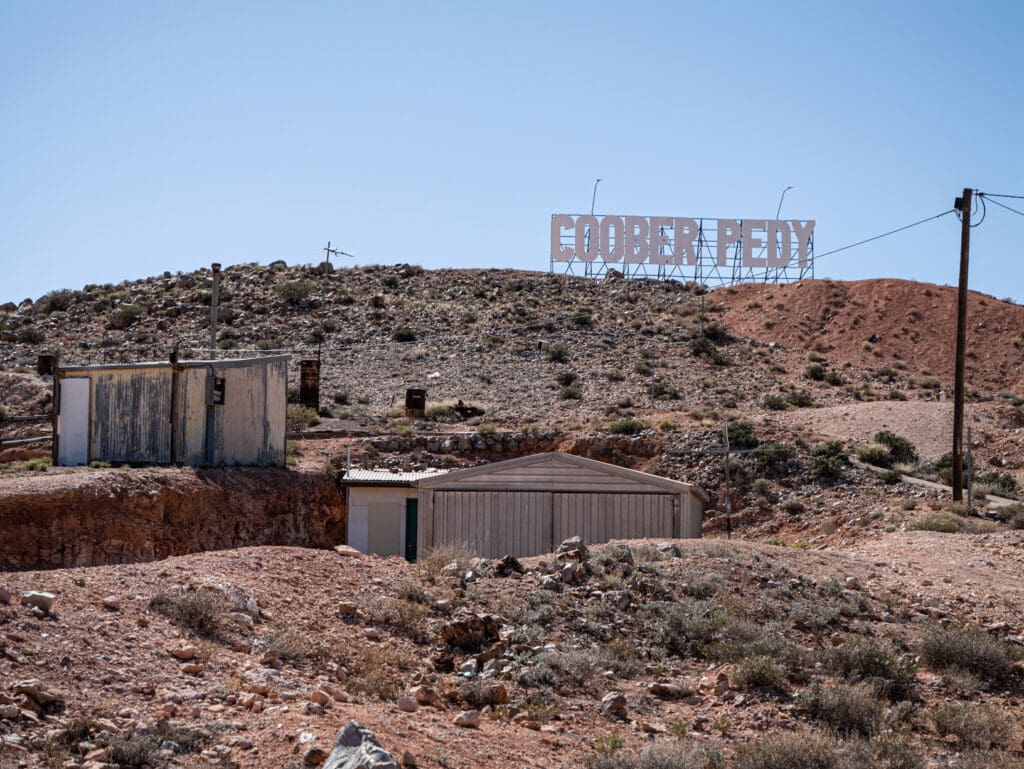
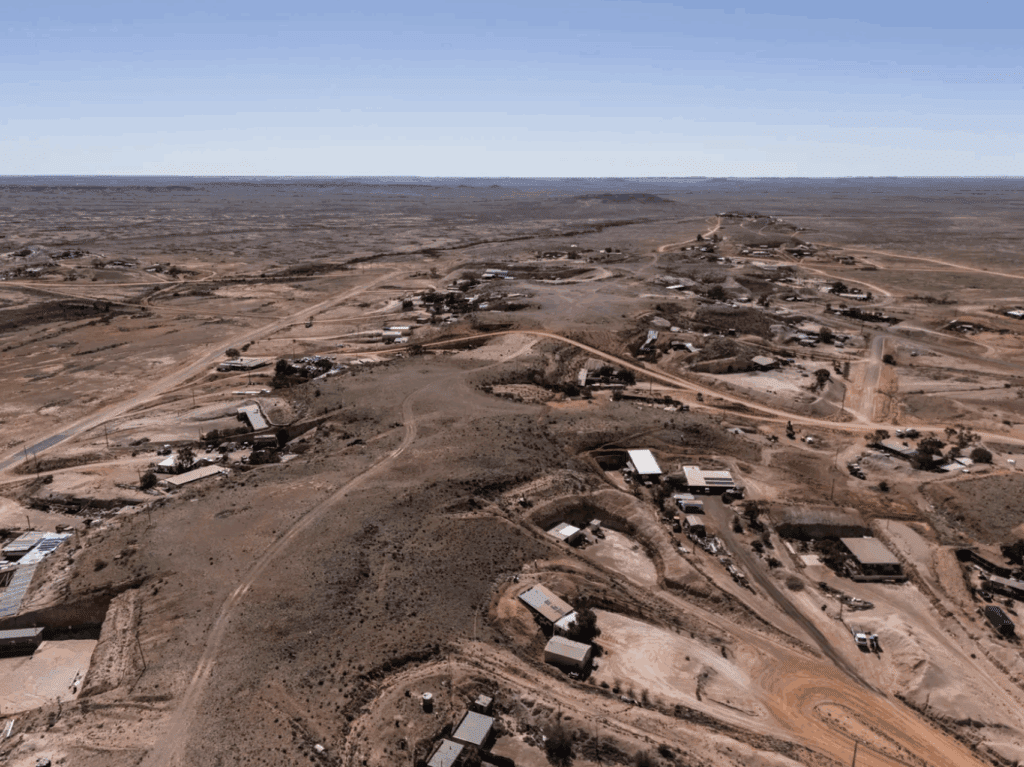
Development of the Underground Town
Although this place has been mentioned since the mid-nineteenth century (precisely from 1858, when this area was visited by Scottish explorer John McDouall Stuart), Coober Pedy was officially founded in 1915.
Opal miners soon realised that due to the unbearable heat that exceeds fifty-five degrees Celsius in summer and the scorching heat that bakes both air and earth, combined with very harsh winters, the most rational solution was to create underground homes. Thus emerged a proper little town with underground flats, shops, restaurants, churches, clubs, a school, and even a golf course.
Thanks to the massive immigration of Europeans after the Second World War, the town began to develop significantly. During the 1960s and 1970s, opal mining grew into a lucrative industry, and by the 1980s Coober Pedy had developed into a modern multiethnic mining town and regional centre.
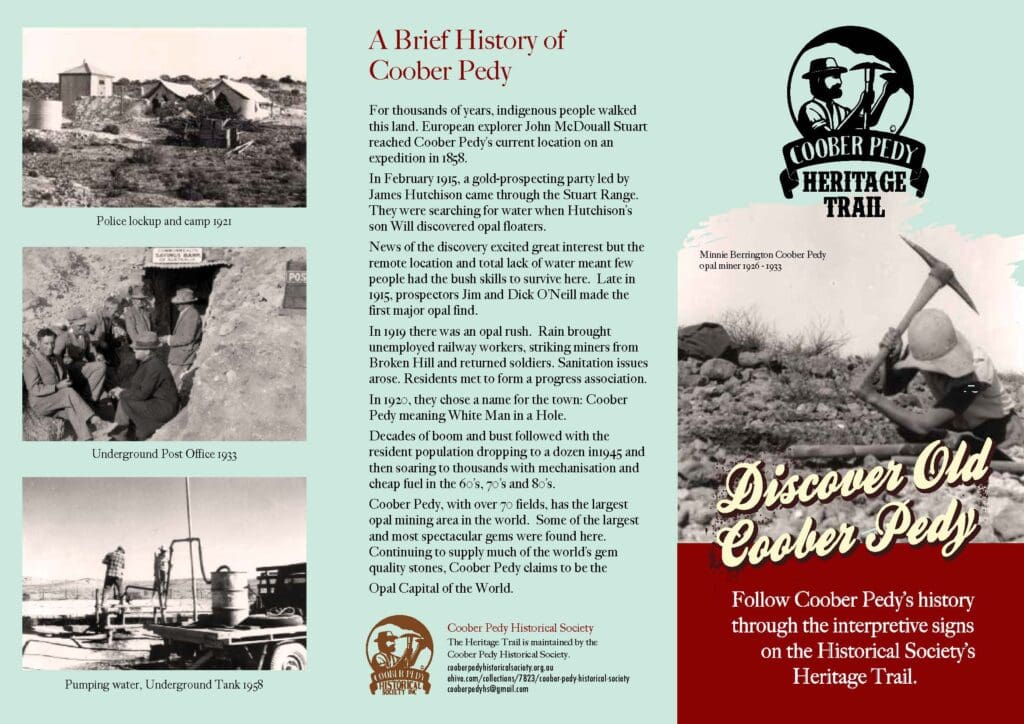
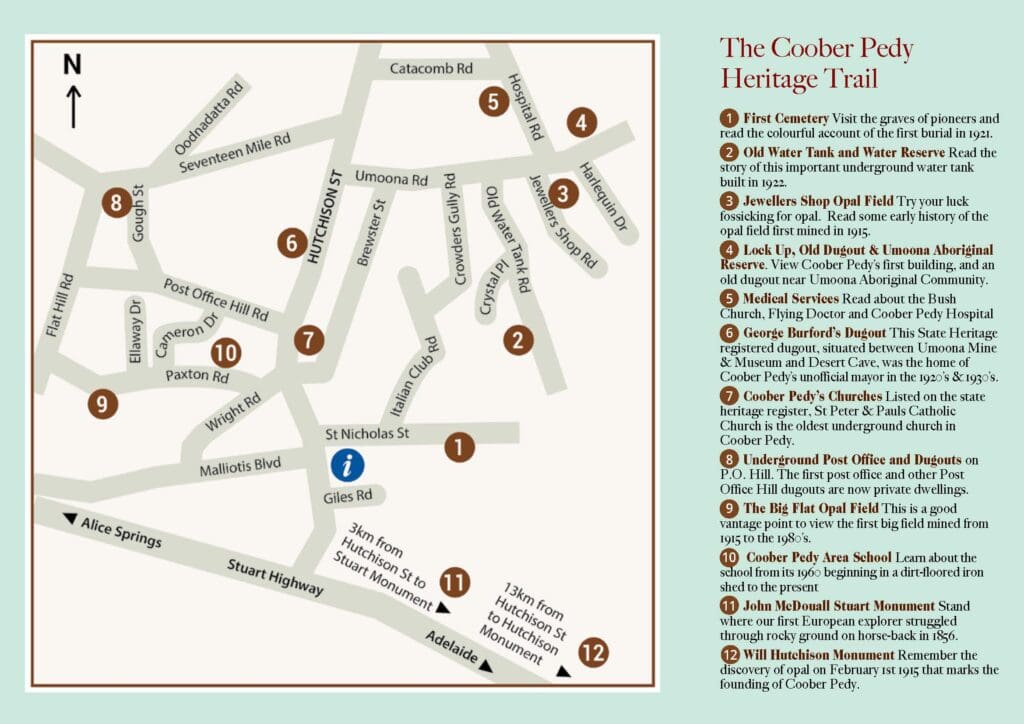
Present-day Coober Pedy
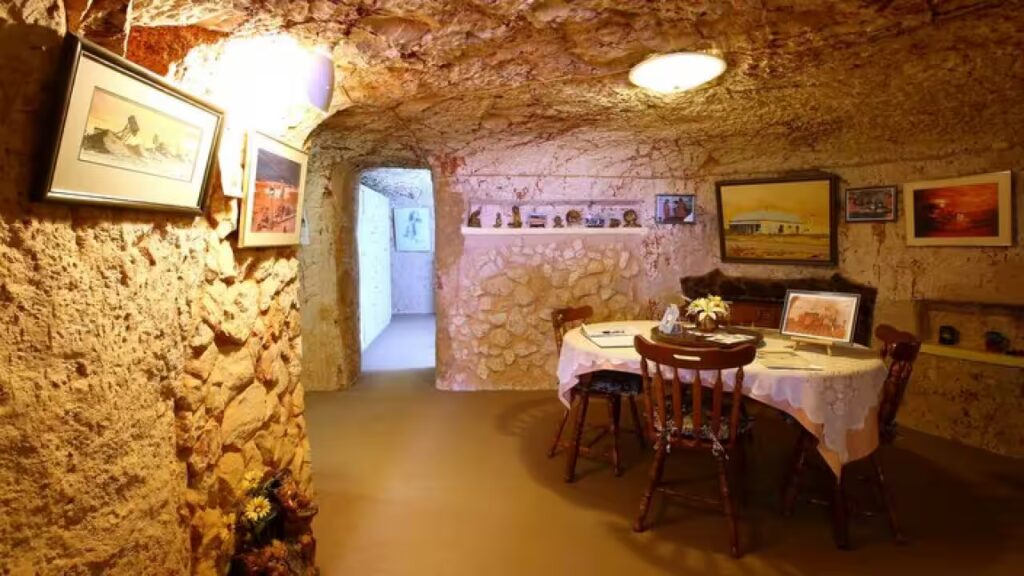
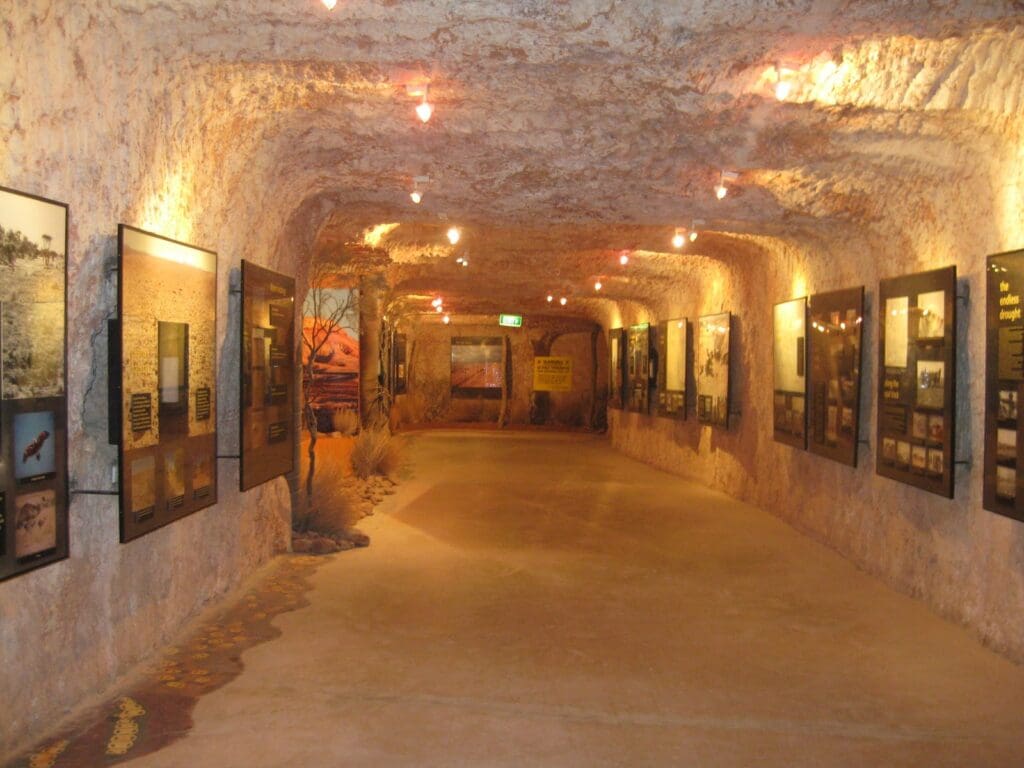
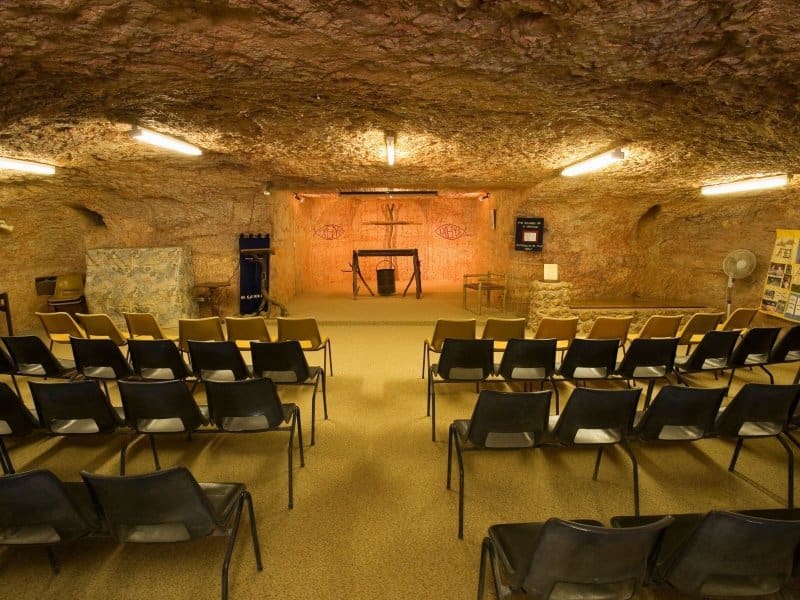
Today this underground mining town attracts curious tourists from around the world. The famous Australian black opal can reach prices exceeding fifteen thousand Australian dollars per carat.
Although they were once much more numerous, today Croatians live and work here in considerably smaller numbers. Their stories remain part of the rich history of this unique place where geological wonders, human courage and dreams of wealth hidden deep in the Australian desert soil converge.
